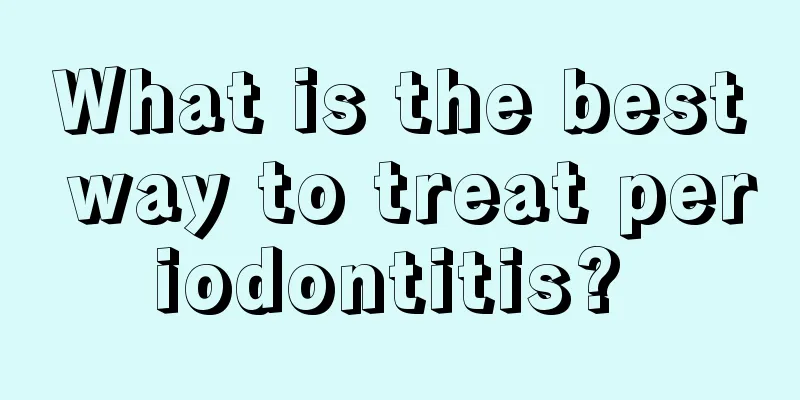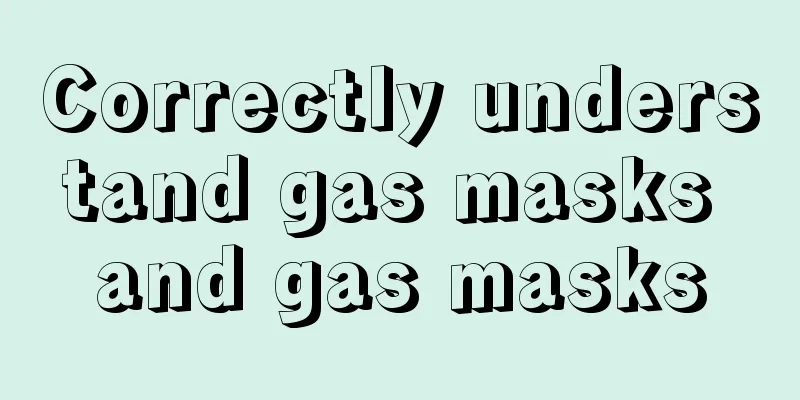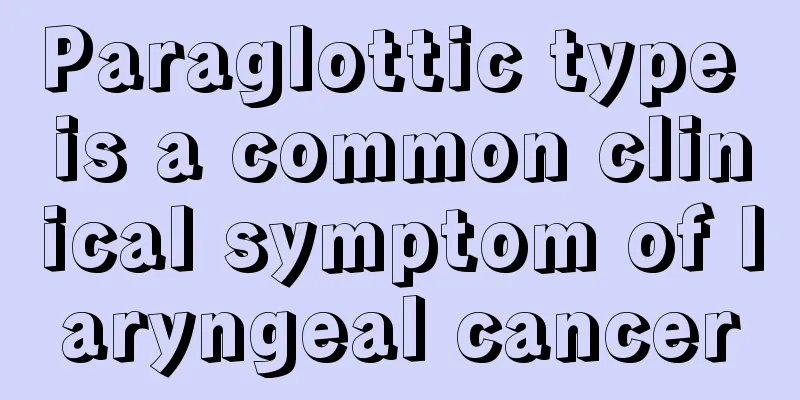Sternocleidomastoid muscle

|
The movement of muscles allows people to freely do whatever movements they want. The stronger the muscles, the stronger his strength. Men like to show off their muscles. They train their abdominal muscles, pectoral muscles, and biceps to show how strong and powerful they are. Many muscles in the human body work together to coordinate the body and make it run smoothly. Each muscle plays an important role, and the sternocleidomastoid muscle is one of them. You may not be so familiar with the sternocleidomastoid muscle, but its role is huge. Without it, the movement of the head and neck will be restricted. It also determines the effect of the accessory nerve. If it doesn't work properly, there will be problems with the side-to-side movement of the head. Let us understand the composition and location of the sternocleidomastoid muscle. It is located obliquely under the skin on both sides of the neck, most of which is covered by the platysma muscle, forming an obvious surface mark on the neck. The sternocleidomastoid muscle is innervated by the accessory nerve, which originates from the front of the manubrium sternum and the sternal end of the clavicle. The two heads meet and extend obliquely posteriorly and superiorly to end at the mastoid process of the temporal bone. The effect is that the contraction of the muscles on one side causes the head to tilt to the same side and the face to turn to the opposite side. The contraction of the muscles on both sides can cause the head to bend forward (head-down action), or when the head is raised to a certain angle, it can continue to tilt the head backward (head-up action). The main function of this muscle is to maintain the normal position of the head, correct posture, and enable the head to move horizontally from one side to the other to observe objects. When the lesion on one side causes muscle spasm, it can cause torticollis. The triangular gap between the two ends is just above the sternoclavicular joint, which is the supraclavicular fossa on the body surface. The muscle runs upward, backward and outward, and ends on the outside of the mastoid process and the outer 1/3 of the superior nuchal line. It is nourished by branches of the superior thyroid artery and innervated by the accessory nerve and the anterior branches of the 2nd and 3rd cervical nerves. l. The cervical loop is composed of branches of the anterior rami of the 1st to 3rd cervical nerves. Some fibers of the anterior branch of the first cervical nerve run along the hypoglossal nerve and leave the nerve within the carotid triangle, which is called the descending branch of the nerve. It descends along the superficial surface of the internal carotid artery and common carotid artery, also known as the superior root of the cervical loop. The fibers of the anterior branches of the 2nd and 3rd cervical nerves pass through the cervical plexus and give off descending branches, called the inferior roots of the cervical loop, which descend along the superficial surface of the internal jugular vein. The upper and lower roots are located at the upper edge of the middle leg of the omohyoid muscle, at the level of the cricoid arch, and form a cervical loop on the superficial surface of the carotid sheath. The auricular branches innervate the upper belly of the omohyoid muscle, the sternohyoid muscle, the sternothyroid muscle, and the lower belly of the omohyoid muscle. During thyroid surgery, the subhyoid muscles are often cut at the level of the cricoid cartilage to avoid damaging the nerves. 2. Carotid sheath and its contents The carotid sheath originates from the base of the skull and continues to the mediastinum. The internal jugular vein and vagus nerve run through the entire length of the sheath; the internal carotid artery runs through the upper part of the sheath, and the common carotid artery runs through its lower part. In the lower part of the sheath, the common carotid artery is located on the posteromedial side, the internal jugular vein is located on the anterolateral side, and the vagus nerve runs between the two on the posterolateral side; in the upper part of the sheath, the internal carotid artery is located on the anteromedial side, the internal jugular vein passes on its posterolateral side, and the vagus nerve runs between the two on the posteromedial side. The superficial surface of the carotid sheath includes: sternocleidomastoid muscle, sternohyoid muscle, sternothyroid muscle and lower belly of omohyoid muscle, cervical loop and superior and middle thyroid veins; the inferior thyroid artery crosses the back of the sheath, and there is also the thoracic duct arch on the left side, and the prevertebral fascia contains the cervical sympathetic trunk, prevertebral muscles and transverse processes of the cervical vertebrae; the inner side of the sheath includes the pharynx and esophagus, larynx and trachea, lateral lobe of the thyroid gland and recurrent laryngeal nerve. 3. The cervical plexus is composed of the anterior branches of the 1st to 4th cervical nerves. Located deep to the upper part of the sternocleidomastoid muscle and superficial to the middle scalene muscles and levator scapulae muscles. Its branches include cutaneous branches, muscular branches and phrenic nerve. 4. The presympathetic trunk is composed of the superior, middle and inferior cervical sympathetic ganglia and their interganglionic branches. Located on both sides of the spine, behind the prevertebral fascia. The superior cervical ganglion is the largest, about 3 cm long, fusiform, and located in front of the transverse processes of the 2nd and 3rd cervical vertebrae. The middle cervical ganglion is smaller and is located at the level of the carotid tubercle, but it is not constant. The inferior cervical ganglion is often fused with the first thoracic ganglion to form the cervicothoracic ganglion, also known as the stellate ganglion, which is located in front of the first cervical rib and is about 1.5 to 2.5 cm long. The above three ganglia all send cardiac branches to the chest cavity and participate in the formation of the cardiac plexus. To sum up, the sternocleidomastoid muscle determines the direction of human brain movement. It is not only the most flexible muscle of all muscles, but also the most important muscle. Only when the sternocleidomastoid muscle works normally can the body's functions be prevented from changing and the movement of the entire body be better controlled. |
Recommend
What are the daily dietary taboos for fibroids
What are the daily dietary taboos for fibroids? I...
What medicine should I take for osteoarthritis symptoms
Although people's material life has been grea...
The difference between honeycomb honey and honey
Many people will find that honey and honeycomb ho...
There is a lump next to the collarbone
Generally speaking, our cheeks are prone to acne ...
What are the best treatments for lung cancer? Three major therapies are effective in treating lung cancer
With the improvement of living standards, many pe...
Why do my hands itch after handling yam
The mucus of yam contains a component that causes...
Factors causing electric shock accidents
As soon as it rains, various accidents begin to i...
Experts explain why men are more susceptible to kidney cancer
Recently, a study showed that the incidence of ki...
Will there be any sequelae after brain cancer is cured?
Are there any sequelae after brain cancer is cure...
How to control the subconscious mind
People's behavior is controlled by consciousn...
How to get over the pain of a broken heart?
I believe that most people have experienced a bro...
What is the cause of colon cancer
Colon cancer is one of the common malignant tumor...
What is the reason for the high carbohydrate antigen CA125? 5 factors can cause the carbohydrate antigen CA125 to be high
Many people are unfamiliar with carbohydrate anti...
Is nasopharyngeal cancer contagious? Is it highly contagious?
Is nasopharyngeal cancer contagious? How contagio...
What are the hazards of silver to the human body
With the rapid development of many chemical compa...









